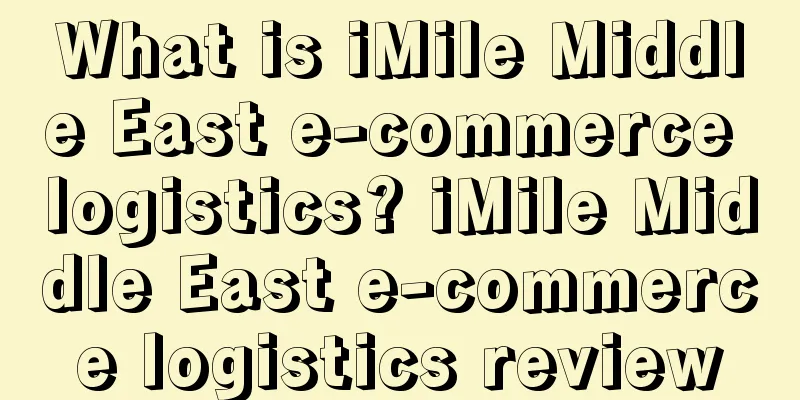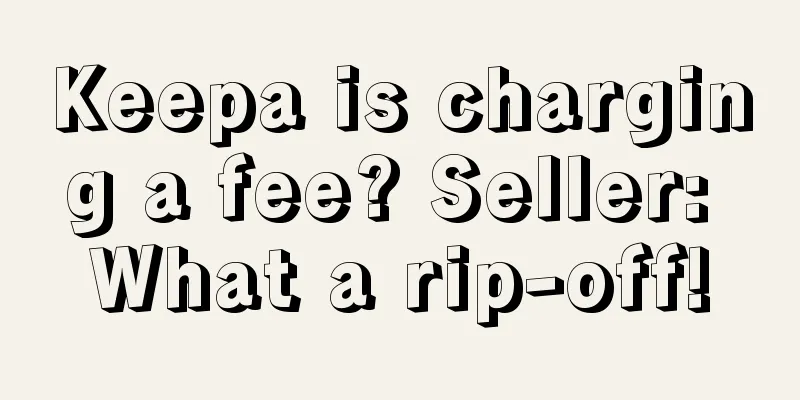What is Groupon? Groupon Review

|
Groupon was first established in November 2008, with group buying by netizens as its selling point. Its uniqueness lies in: only one discounted product is promoted every day, each person is limited to one bid per day, the discounted products must be of service type, the services are regional, and the offline sales team is much larger than the online team. It was established in November 2008. The main sales locations are the United States and Europe. Official website: https://www.groupon.com/ Chinese name: Gaopeng Established in November 2008 Business direction: group buying, logistics 1. Introduction to Groupon Groupon was first established in November 2008, with group buying by netizens as its selling point. Its uniqueness lies in: only one discounted product is promoted every day, each person is limited to one bid per day, the discounted products must be of service type, the services are regional, and the offline sales team is large. Groupon is the homonym of coupon, which means coupon. On February 12, 2011, Song Wei, co-president of the Great Wall Club, announced that the Chinese name of Groupon China is "Gaopeng". Groupon is not a pure e-commerce website, but a combination of e-commerce, web2.0, Internet advertising and offline models. Although its form is group buying and its revenue model is based on commissions, the future of Groupon is very uncertain. 2. Groupon Group Buying Model The Groupon group buying model is called Group Buying 2.0 by some people. Group Buying 2.0 originated in the United States. The main representative websites include Woot and Groupon. The difference between it and traditional group buying websites is: First, after logging into the website, netizens do not need to search for the information they want among the dazzling array of products. The entire homepage only provides one product, which is simple and clear, avoiding netizens from spending a lot of time browsing irrelevant pages. Since the merchants are screened in advance through a certain process, netizens also save a lot of time on comparison, so that they can make a simple and clear decision on whether to consume or not. Second, it can be simply summarized as a win-win model for e-commerce and offline consumption (consumers, merchants). Consumers, merchants, and website operators each get what they need, so that resource allocation is optimized to the maximum extent. Third, traditional group-buying websites offer very low discounts on goods, with some offering only 3% or 8% off, which is shockingly low. However, new group-buying websites like Woot offer discounts of up to 20% or 30% off, or even lower. The benefits consumers gain from this are self-evident. The group purchase website navigation website can be said to be an innovative model of Internet development in the current group purchase craze of the groupon model. Its commercial value, practical value and important position are self-evident! 3. Groupon’s target audience Groupon targets two types of customers: one is merchants and the other is users. For merchants, Groupon initially targeted small businesses or service providers, which generally could not afford the huge print advertising fees and could not find an online advertising platform to showcase themselves. Restaurants, hair salons, cultural activity centers and other small businesses are trying to attract new customers. Groupon just provides such a platform. This kind of heavily discounted deal (for example, selling an item for $30 at a price of $80) appears on a daily basis and can only take effect if a certain number of buyers are reached. They have gained extremely high returns through the advertising space purchased by Groupon on Google, Facebook, etc. and word-of-mouth marketing of 13 million registered users. This has also attracted many potential merchants who have promotion intentions and need online promotion to expand the awareness of (new) products or brands. Groupon also cooperates with well-known merchants, not only making the merchants return with a lot of gains, but also further improving its own brand awareness, achieving the best win-win effect. For users, Groupon has grasped the psychology of getting a big discount to trigger users' desire to buy, and through methods such as the minimum threshold for group buying and a certain amount of money refund for recommending purchases to each other, users can interact effectively through the network and spontaneously organize to reach the minimum number of participants in the merchant's group buying. Once the number of participants increases to a certain level, it can also enhance the trust of other users who browse this information. Therefore, this kind of user-initiated secondary dissemination behavior has become one of Groupon's highlights, increasing the number of users and the level of activity. In addition to external promotion, its number of users has steadily increased by 2 million per month. 4. Groupon’s Profit Model The core of Groupon's profitability lies in charging merchants high transaction commissions of 30%-50%, with a collection period of two months, that is, 1/3 is settled on the day the online group buying activity ends, 1/3 is settled after 1 month, and the remaining 1/3 is settled after 2 months. In this way, funds can be recovered quickly, profits can be realized, and crazy expansion can be achieved while making profits. The more people you have, the bigger the discount. Merchants will come up with the concept of "group discounts". In the off-season, many merchants are willing to attract customers by offering discounts. This idea gave birth to Groupon's first profit model, which is also the key reason why Groupon broke even within 7 months. Perhaps it is because they are based on the mining of local consumer information in the city, fully mobilizing the needs of local consumers and satisfying the needs of merchants. The disadvantage of Groupon is that it is highly regional and cannot be quickly replicated in every city. Every time a market is opened up, salesmen must be sent to the local area to find high-quality local services. |
<<: What is Quora? Quora Review
Recommend
What is Shenzhen Compliance Bao Taxation Consulting Co., Ltd.? Shenzhen Compliance Bao Taxation Consulting Co., Ltd. Review
Shenzhen Hezhubao Finance and Taxation Consulting ...
eMarketer forecast: After Prime Day, how to plan for the holiday season?
It is learned that recently, eMarketer released a ...
What is Coupang? Coupang Review
Coupang is a South Korean e-commerce company and t...
What is Yelp? Yelp Reviews
Yelp is the largest review website in the United S...
What is Yipin Supply Chain? Yipin Supply Chain Review
Shenzhen Yipin Supply Chain Co., Ltd. specializes ...
What is ScanLister? ScanLister Review
ScanLister can help Amazon quickly upload products...
What is Amazon Moments? Amazon Moments Review
Amazon Moments is a service program released by Am...
The blocked accounts of big sellers have been restored, but the logistics problems of small sellers are out of control!
Last month, the suspension of sales of several big...
What is Tinh Tinh? Tinh Tinh Review
Cambodia has launched the Tinh Tinh e-commerce pla...
What is Wanzhou Business School? Wanzhou Business School Review
Shenzhen Wanzhou Business School is a platform ded...
What signal is Amazon sending by banning accounts while providing training?
▲ Video account focuses on cross-border navigation...
Prime Day 2.0 is coming? Sales growth bottleneck, Amazon is also anxious...
▶ Video account attention cross-border navigation ...
What is Health Optimizer? Health Optimizer Review
Chongqing Health Optimization E-commerce Co., Ltd....
Breaking news! 18 Amazon warehouses are out of stock! Two ports in the western United States are paralyzed! Sea freight prices rise to $10,000!
Black Friday is about to begin, but many sellers a...









